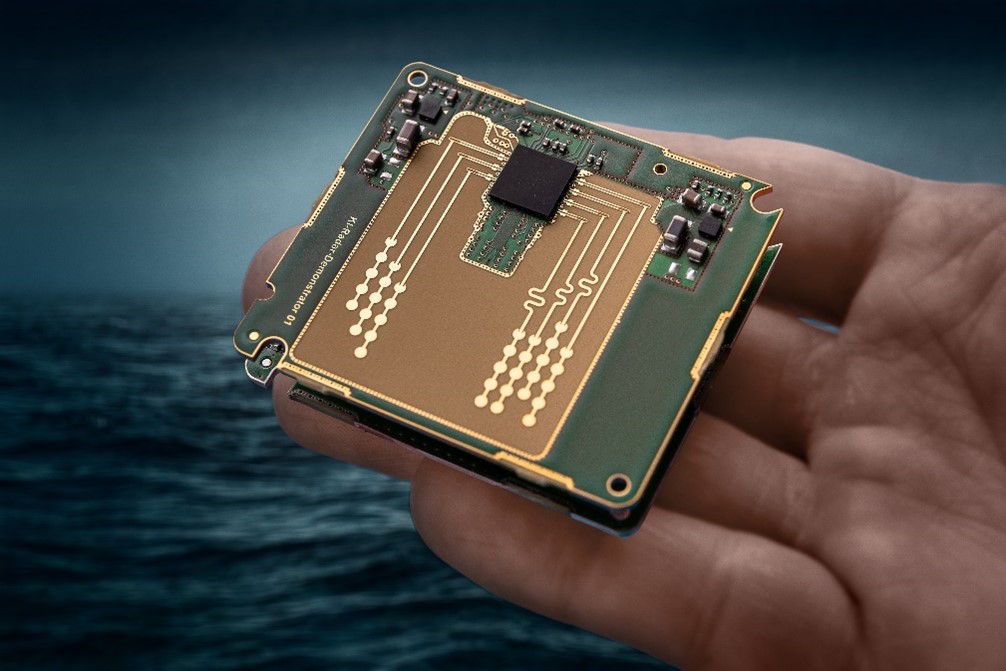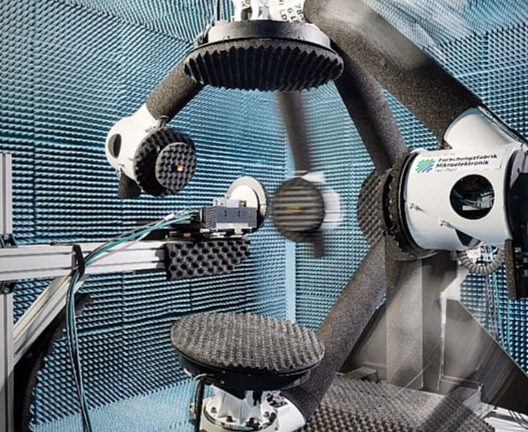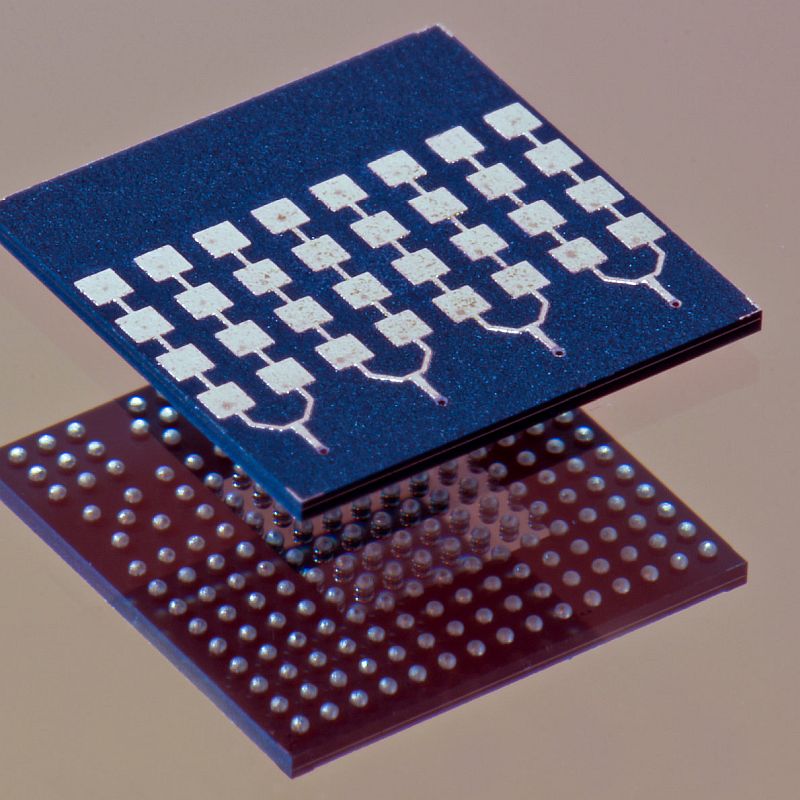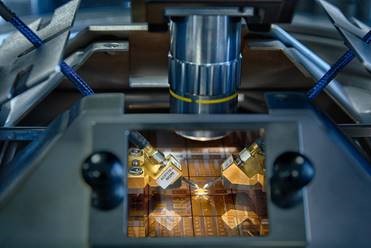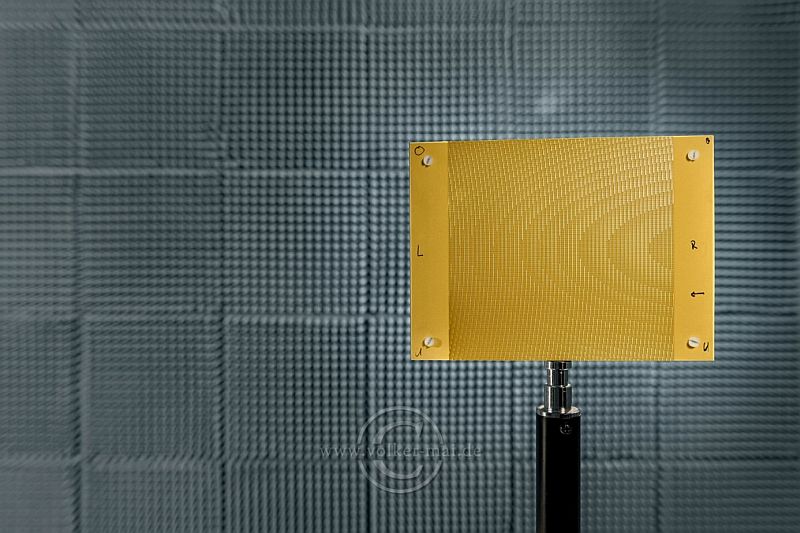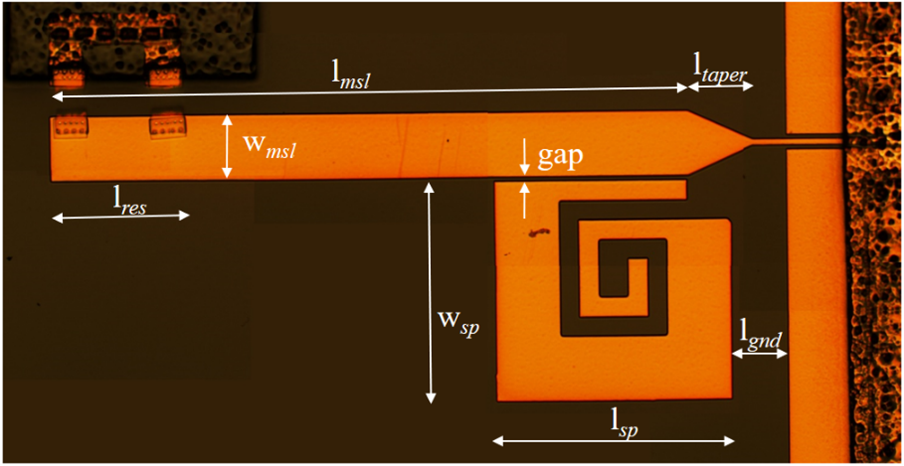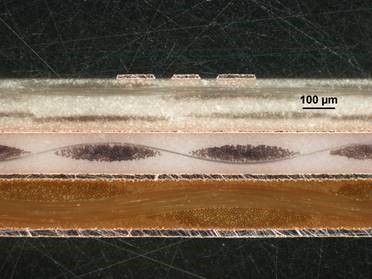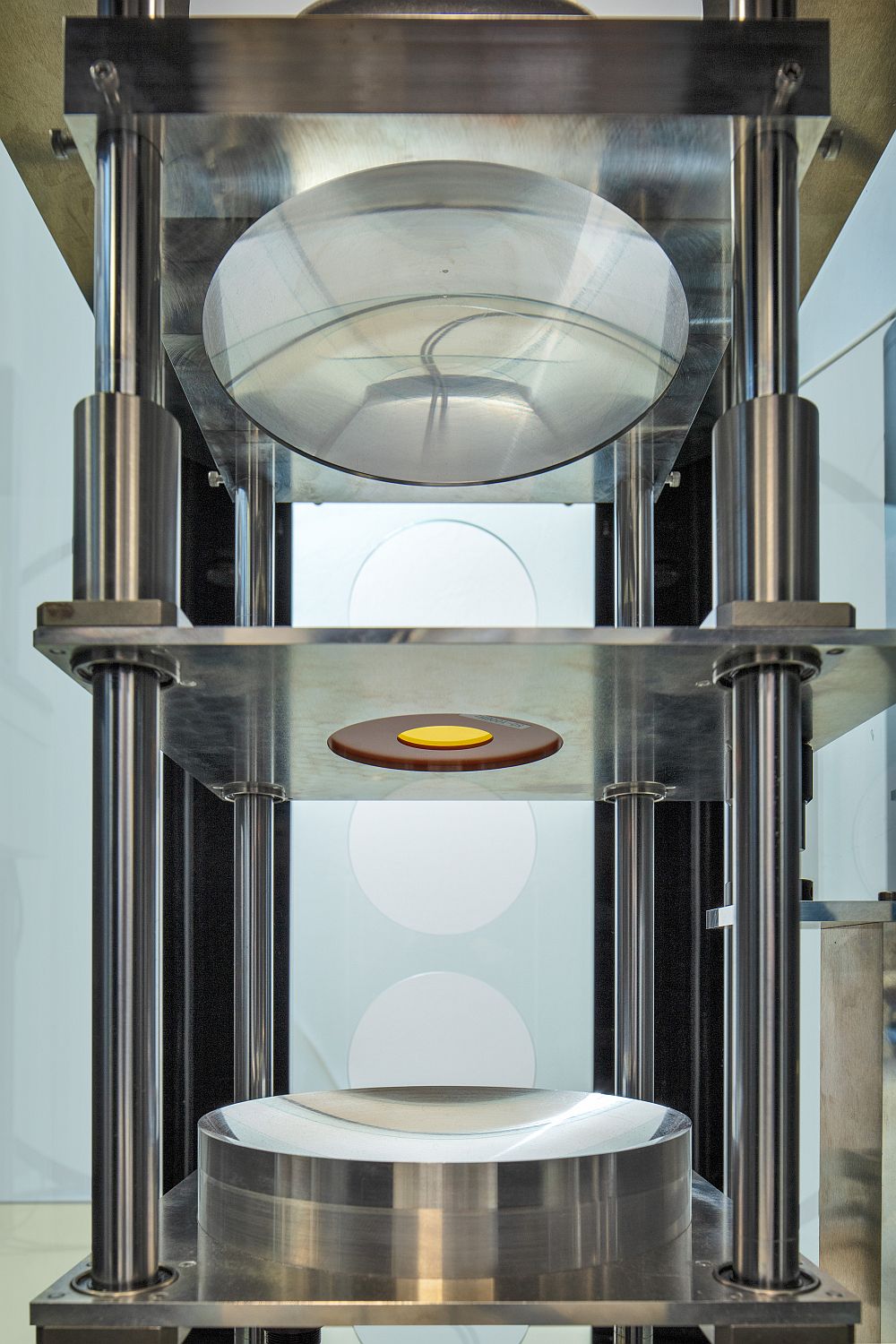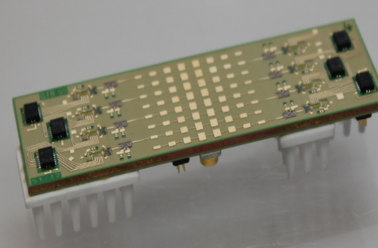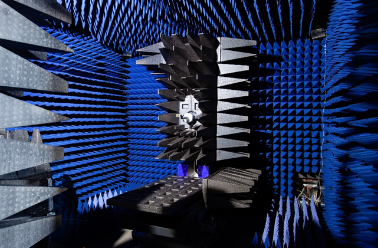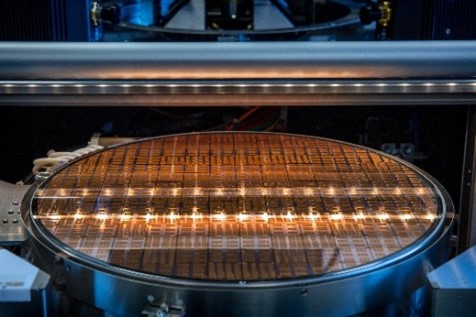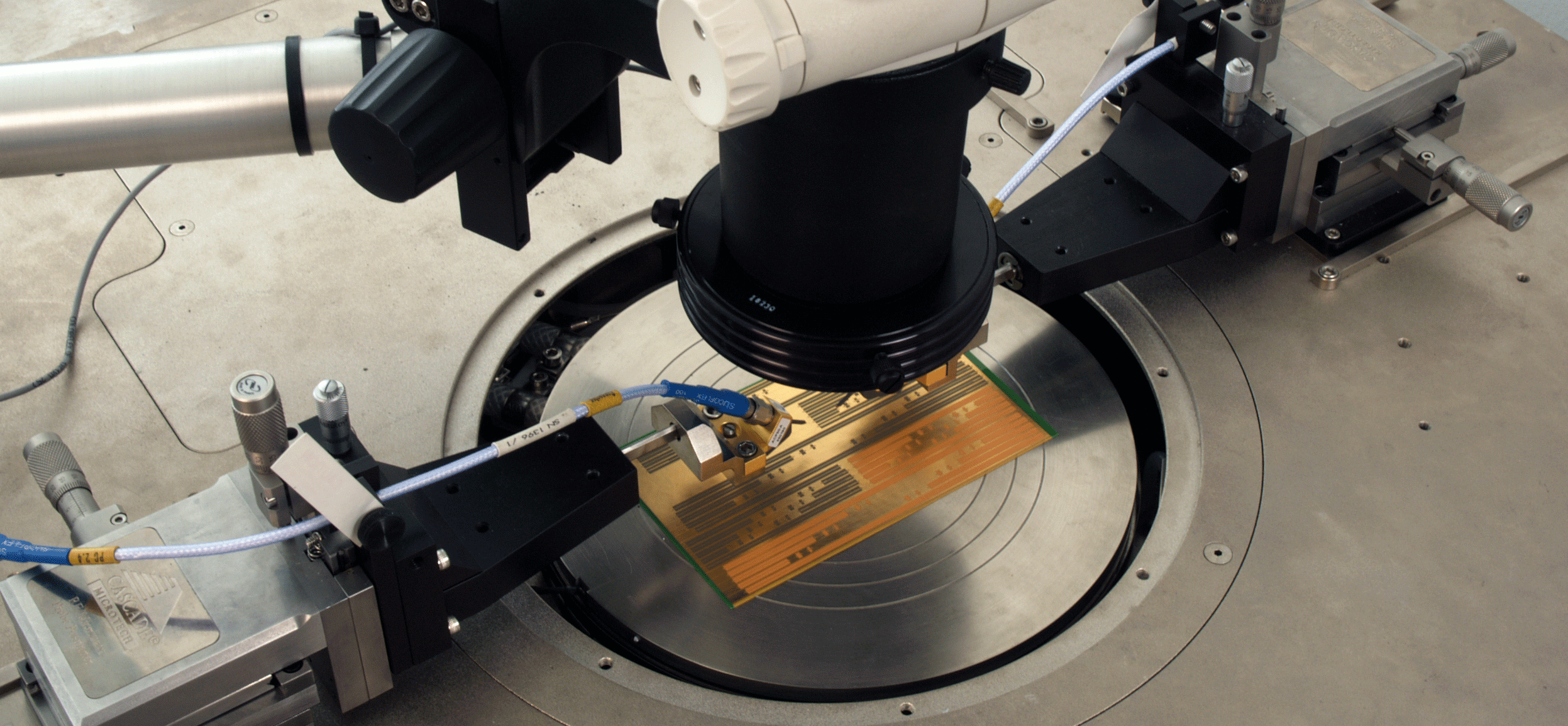
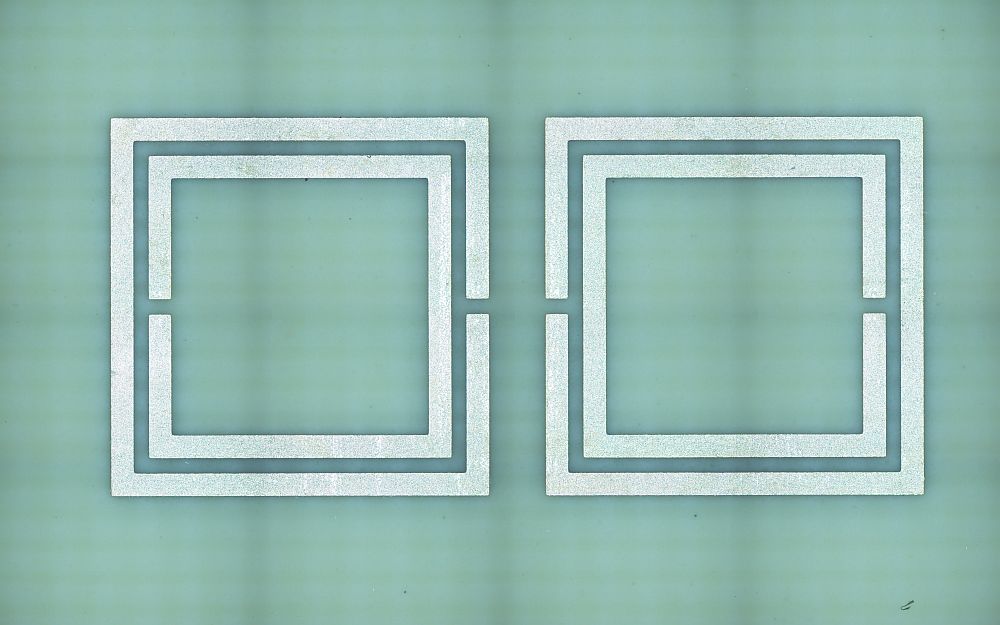
The Communication Module Development Group explores how materials interact with high-frequency waves, including established packaging materials like conventional circuit boards and extending to other materials not primarily meant for packaging, but used in the automotive or communication sectors. The real-world uses of these materials range from low-frequency wireless data transmission (e.g. WLAN or Bluetooth) to 5G and 6G communication, satellite communication, and automotive radar systems.
Our group continues to research and refine measuring techniques and methods for one of our focus areas: Determining the permittivity and dielectric loss tangent of different materials up to the THz range.
Beyond our commitment to refining the means and processes for materials characterization in the highest frequency ranges, we are exploring the impact of aging on dielectic properties in our quest to understand how the behaviour of systems as they age. These insights help find the design parameters for longer-lasting components and thereby contribute to more eco-friendly designs for electronic systems.
We are also testing novel meta-material concepts for use in HF system integration.
Our work covers a range of materials, including circuit boards, different synthetic materials (e.g. for mold or underfill uses, adhesives, or polymers in general), glass, ceramic, and others.
 Fraunhofer Institute for Reliability and Microintegration IZM
Fraunhofer Institute for Reliability and Microintegration IZM